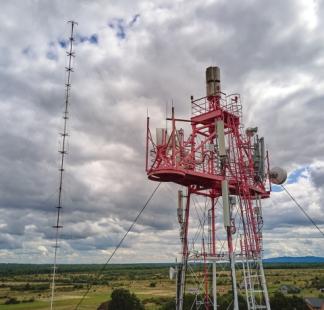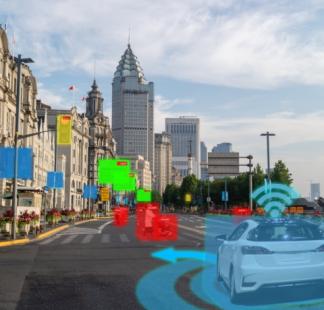Displaying 1 - 12 of 21
08 Sep 2025 - 19 Sep 2025
Online instructor led
This course will dive in the overall progress of the current global Artificial Intelligence technology status and its the future possibilities; the…
Languages:
- English
22 Sep 2025 - 29 Sep 2025
Online instructor led
This course will focus on 5G-Advanced Mobile Broadband and Future Services, including technologies, regulation and business aspects. It will cover…
Languages:
- English
Open
Online self-paced
Broadband mapping combined with modern Geographic Information Systems (GIS) and its practical knowledge supports efficient identification of…
Languages:
- English
- Portuguese
- Other
06 Oct 2025 - 17 Oct 2025
Online instructor led
This course is designed to develop IT professional's knowledge and skills to scope, initiate, deliver and close a fiber optic project, in time, on…
Languages:
- English
23 Oct 2025 - 24 Oct 2025
Face to Face
This course focuses on technical, business and regulatory aspects of Artificial Intelligence (AI) and Metaverse for future Internet and telecoms. It…
Languages:
- English
Open
Online self-paced
This course is based on two ITU products: The Last-Mile Connectivity Internet Solutions Guide and Broadband Connectivity Toolkit. The Last-Mile…
Languages:
- English
27 Oct 2025 - 05 Dec 2025
Online instructor led
The online training for ICT business planning toolkit: school connectivity networks provides a specialized methodology for planning ICT…
Languages:
- English
27 Oct 2025 - 14 Nov 2025
Online instructor led
This course is an advanced-level course in smart city design. It focuses on both theoretical and practical aspects of specific technologies that are…
Languages:
- English
Open
Online self-paced
Broadband mapping combined with modern Geographic Information Systems (GIS) and its practical knowledge supports efficient identification of…
Languages:
- English
01 Dec 2025 - 08 Dec 2025
Online instructor led
This course focuses on future fixed and mobile broadband Internet, cloud computing and IoT/AI, including technical, business and regulatory aspects.…
Registration:
Open until 30 Nov 2025
Languages:
- English
02 Dec 2025 - 05 Dec 2025
Face to Face
Delivered through the ITU Academy’s Giga Learning Hub, the course equips procurement officials and decision-makers with the skills to…
Languages:
- English
Open
Online self-paced
The ICT infrastructure business planning training course offers regulators, policymakers, and stakeholders a practical approach for the accurate…
Languages:
- English



